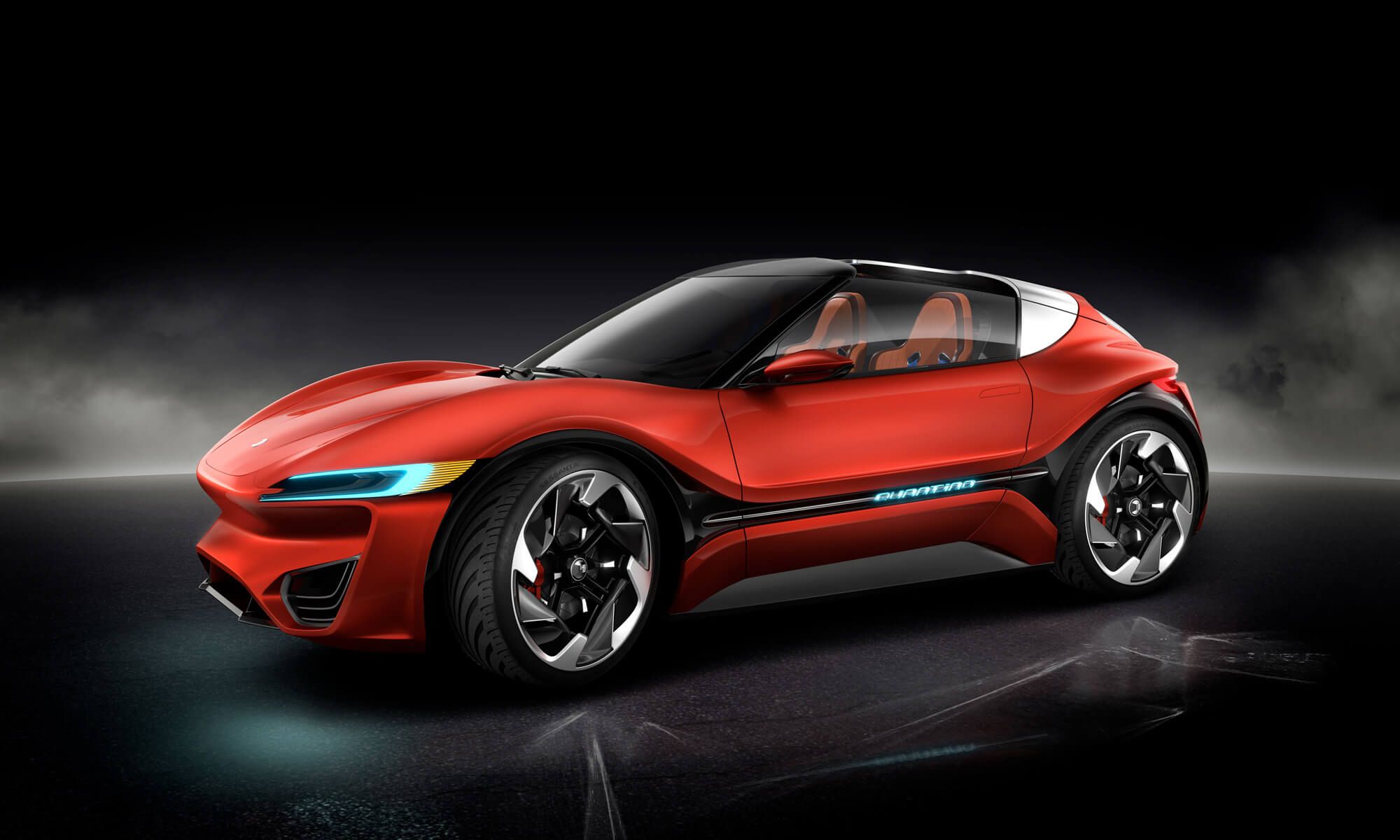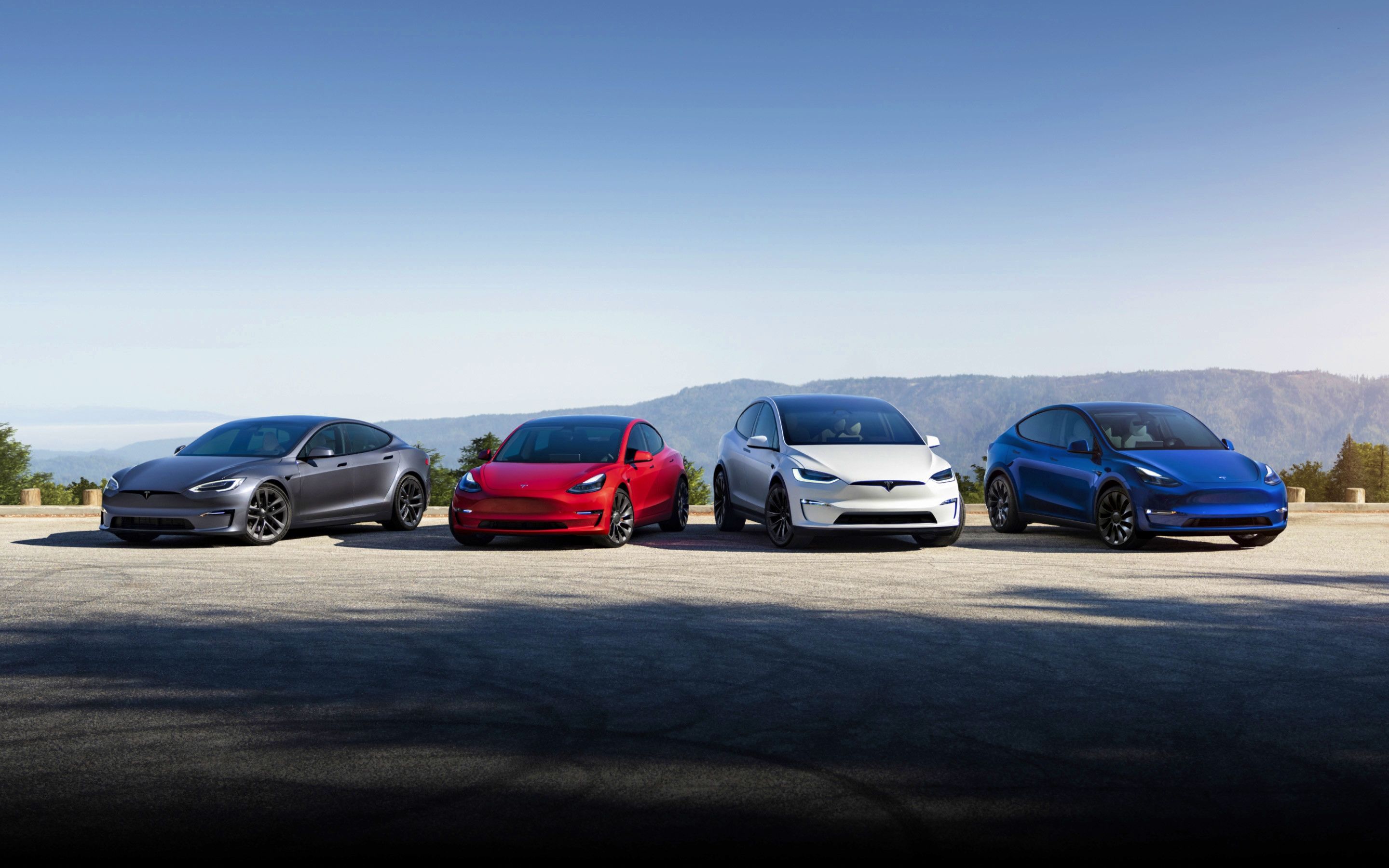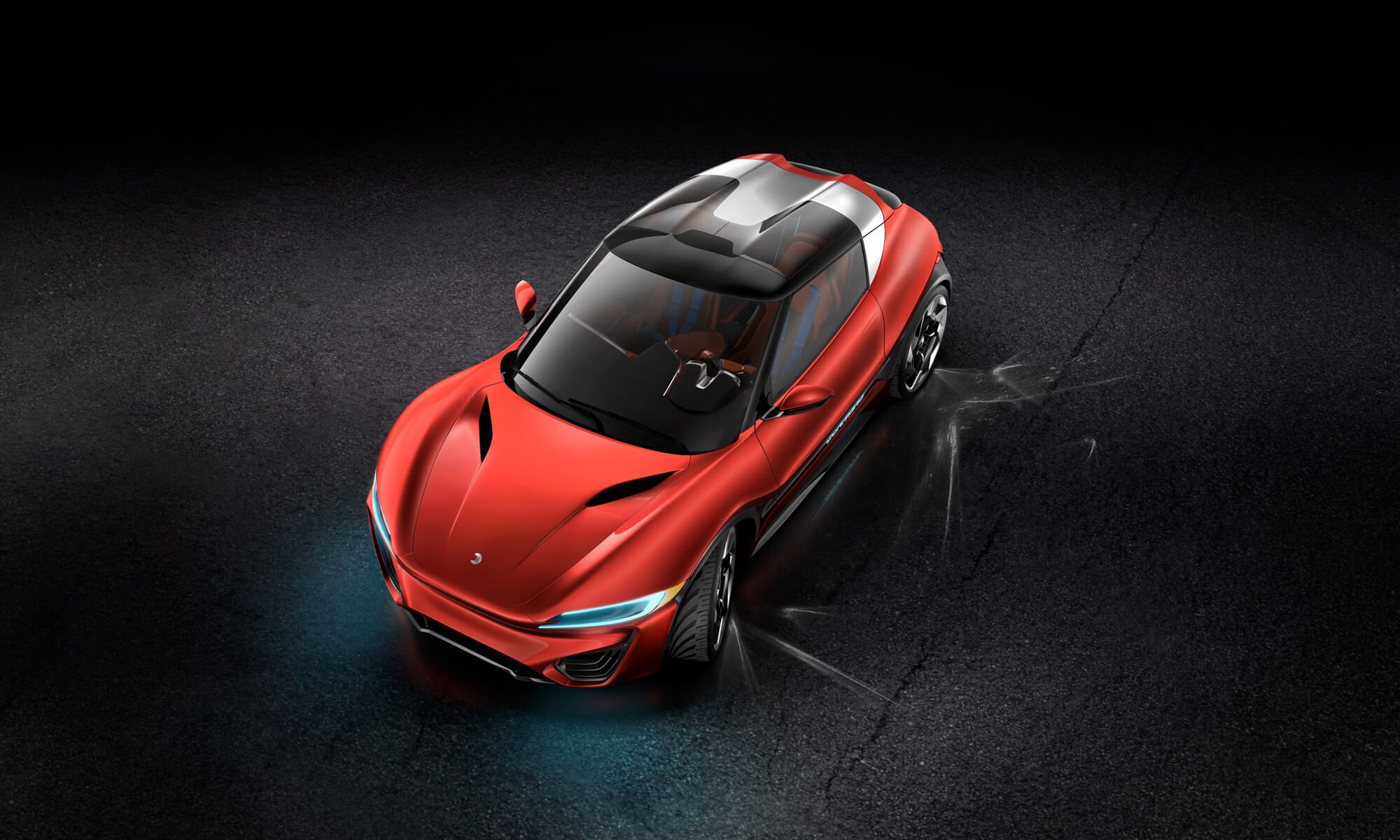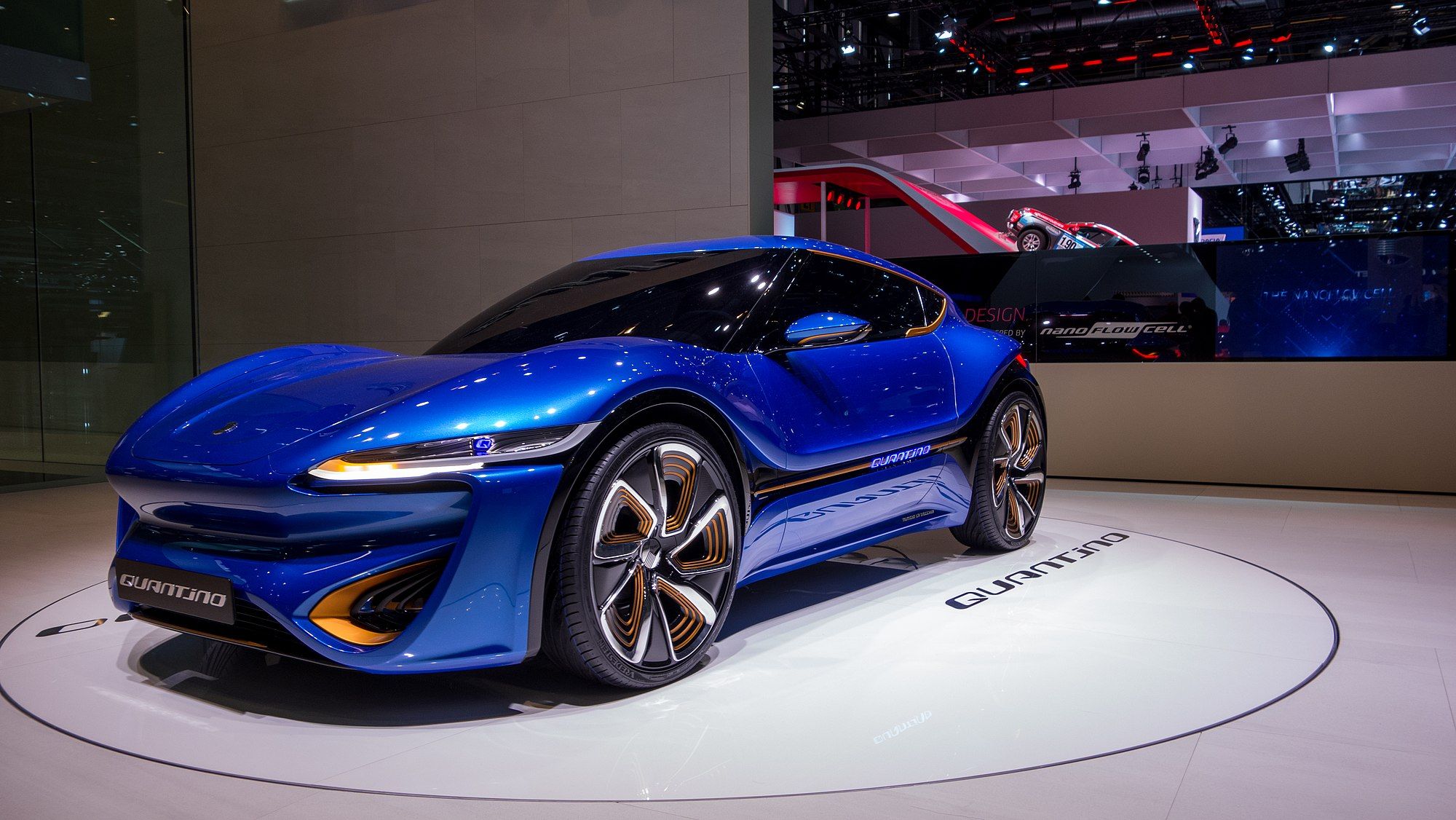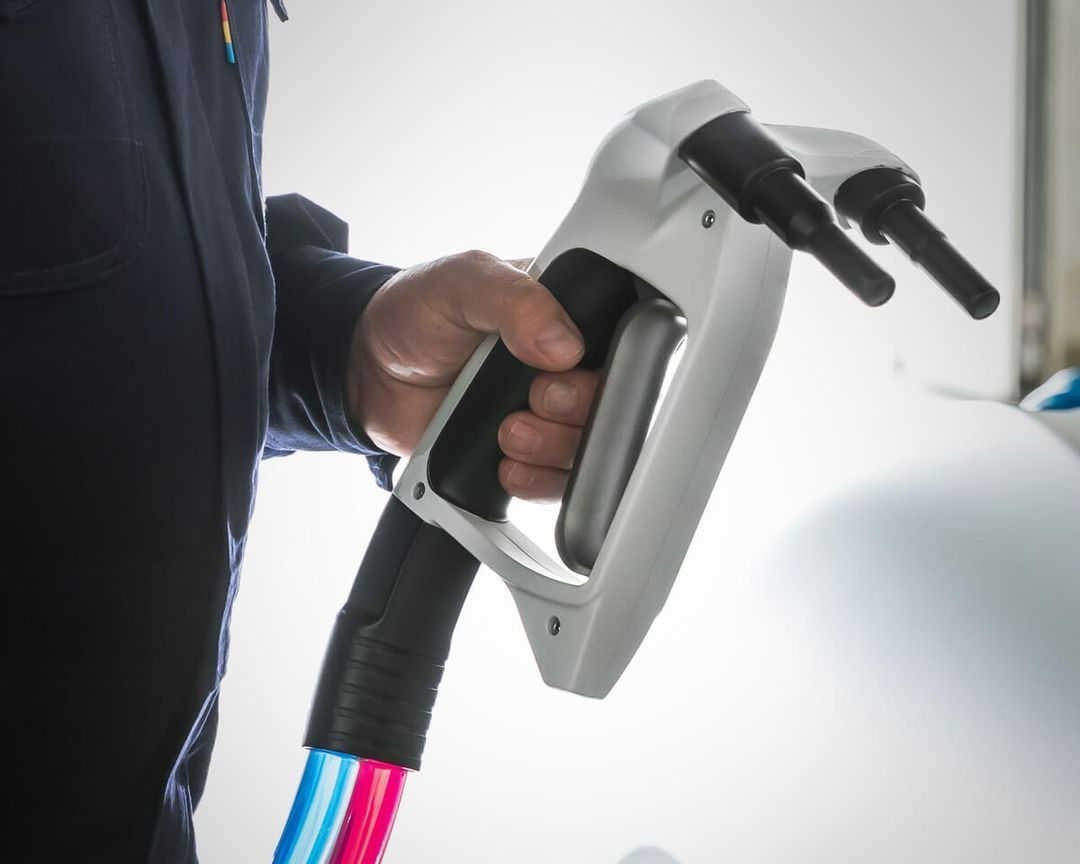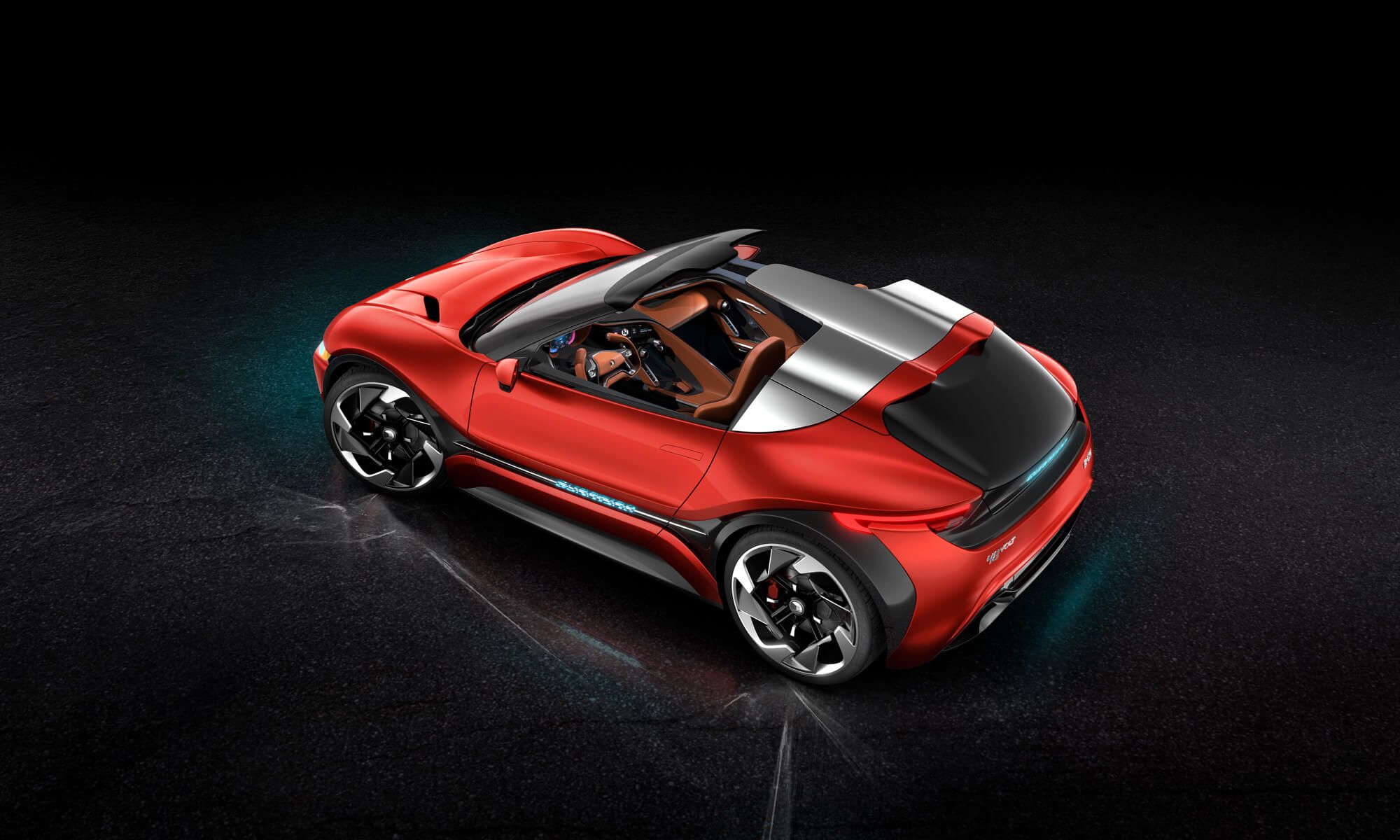The electric car revolution is underway and as the trend evolves, it is demonstrating that batteries are no longer the primary source of power for EVs. The fact that there are now more reliable and efficient ways to power an EV is demonstrated by the nanoFlowcell QUANTiNO twentyfive. This vehicle serves as a constant reminder that there are alternatives to battery-powered vehicles.
The Pros And Cons Of Battery Electric Vehicles
BEV's or Battery Electric Vehicles, are becoming increasingly popular due to their environmental friendliness. Electric cars produce zero tail-pipe emissions, meaning they are much better for the environment than traditional gasoline-powered cars. This makes them a great choice for those who want to reduce their carbon footprint.
EVs also require less maintenance than gasoline-powered cars since they have fewer moving parts. This can save drivers a significant amount of money in the long run. Electric cars also tend to be quieter than gasoline-powered cars, making them a great choice for those who live in urban areas. Finally, electric cars are becoming increasingly affordable, with several models like the Nissan Leaf, the Chevy Bolt EV, and EUV, and the upcoming Equinox EV, now available at relatively affordable prices.
Having said that, how green are these battery powered-vehicles? There may be zero tailpipe emissions, but there is still a lot that goes into putting a BEV on the road. Plus unless the electricity used to charge the battery pack is coming from renewable sources, it isn't really that green after all is it? Aside from that, the methods used to mine some of the resources required for lithium-ion batteries are doing more harm than good. So, do we have any alternatives?
Why Batteries Are Actually Old Technology?
Let's face it, battery technology may have come a long way in the past decade, but it can still be considered an evolving area because of aspects like safety, cost, and weight. Although BEV's don't require regular maintenance, like traditional gas-powered vehicles, range and charge times continue to be a challenge for them. Solid-state batteries which are more energy dense can address this issue.
Vehicles that use alternative forms of energy, such as Hydrogen fuel cells or solar power, are starting to also gain traction. But once again, the infrastructure surrounding such technologies, is still a long way from being feasible for mass-scale adoption. One of the more significant advancements in the EV space is the nanoFlowcell. Enter the QUANTiNO twentyfive Electric Car, an EV that doesn't use batteries. The technology itself isn't new and we first saw a concept car nearly a decade ago.
Revolutionizing Transportation: Introducing The QUANTiNO Twenty Five Electric Car
The QUANTiNO twentyfive is an all-electric car that does not require batteries. As a result, you don't need to charge it but juice it up instead. The liquid bi-ION electrolyte fuel used in QUANTiNO twentyfive's nanoFlowcell is a non-flammable, non-toxic, and environmentally friendly aqueous solution, and lasts for around 1,272 miles (2,000 kilometers) before needing refueling.
The technology makes use of a water treatment process that essentially turns salt water or wastewater to be used in a way that acts as a carrier for nano-structured molecules. These act as carriers that support the chemical reaction in order to produce the electrical current required to power the motors.
With regard to power, nanoFlowcell 48VOLT E-drive is initially powered by a small electrolytic capacitor. The QUANTiNO twentyfive also utilizes a multiphase motor design. The four low-voltage e-motors and the 48-volt onboard electronics are subsequently powered by the nanoFlowcell, which then assumes control of the process. The car has a top speed of 124 miles per hour. The car is equipped with n-AI for advanced vehicle safety control, which allows a rigid safety cell despite a detachable car roof.
Conclusion
So, to summarize, this electric vehicle represents the future of transportation with its cutting-edge technologies. It serves as a reminder that the days of running our cars solely on internal combustion or batteries are over. The demand for vehicles that are more environmentally friendly is only going to increase in the coming years. As technology improves, more and more cars are being built with this purpose in mind.
The QUANTiNO twentyfive is the face of a ground-breaking technology that does not even require batteries. It needs to be seen how this technology comes to fruition because when it does, charge times and range anxiety could become a thing of the past, as juicing it up will take the same amount of time that it takes to refuel your typical gas-powered car today.

